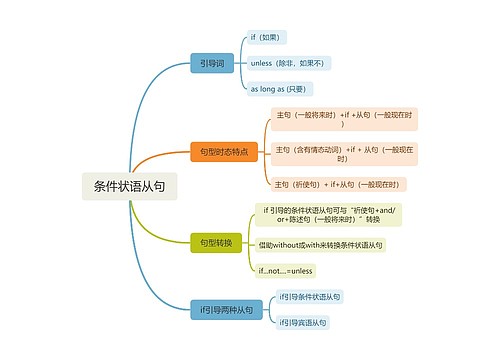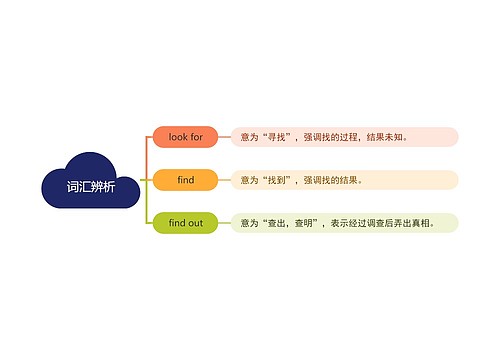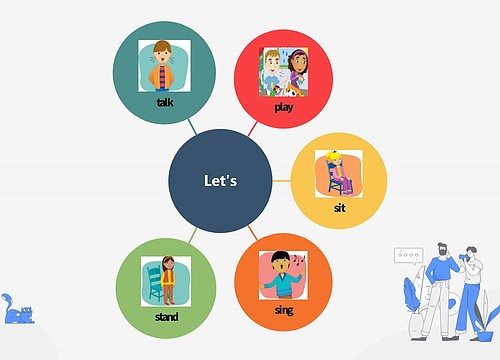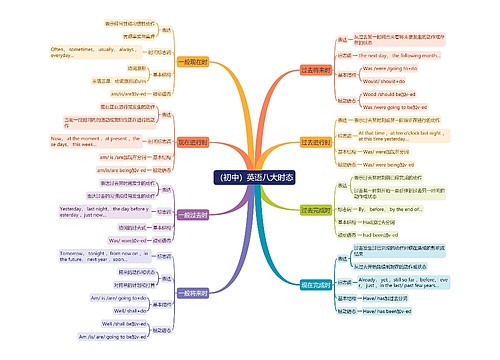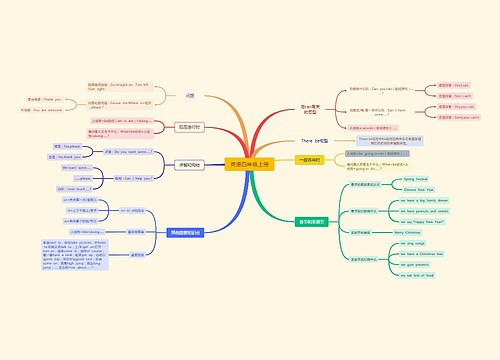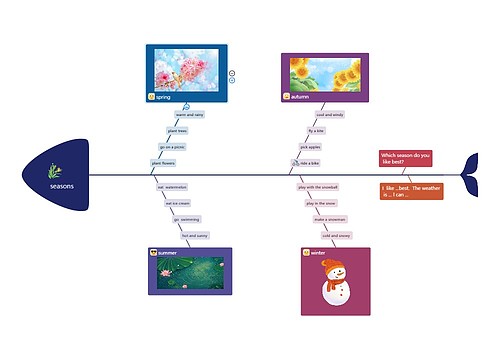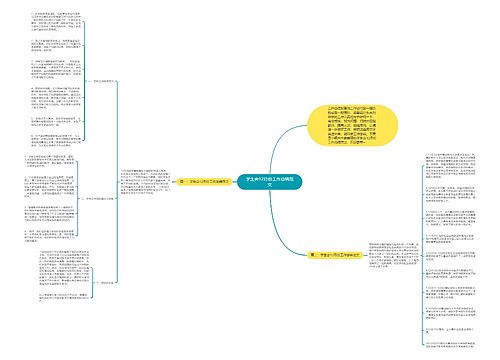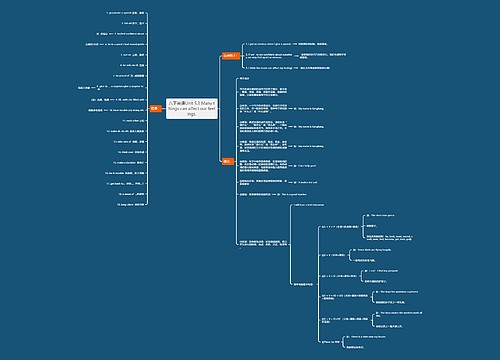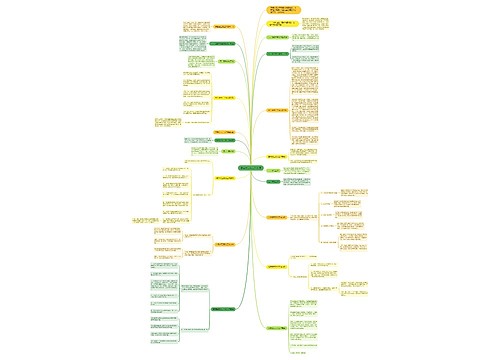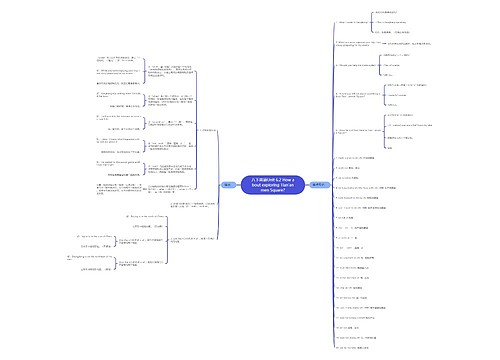八下英语Unit 6.1 We're going on a three-day visit to Mount Tai.思维导图
人生岁月几度寒
2023-03-14

八下英语Unit 6.1 We're going on a three-day visit to Mount Tai.
树图思维导图提供《八下英语Unit 6.1 We're going on a three-day visit to Mount Tai.》在线思维导图免费制作,点击“编辑”按钮,可对《八下英语Unit 6.1 We're going on a three-day visit to Mount Tai.》进行在线思维导图编辑,本思维导图属于思维导图模板主题,文件编号是:28ca5e660b2c282ac15f43e60fb0ad2c
思维导图大纲
相关思维导图模版
HarmonyOs思维导图
 U882124307
U882124307树图思维导图提供《HarmonyOs》在线思维导图免费制作,点击“编辑”按钮,可对《HarmonyOs》进行在线思维导图编辑,本思维导图属于思维导图模板主题,文件编号是:33b352332cd61ae9bda089308243d88b
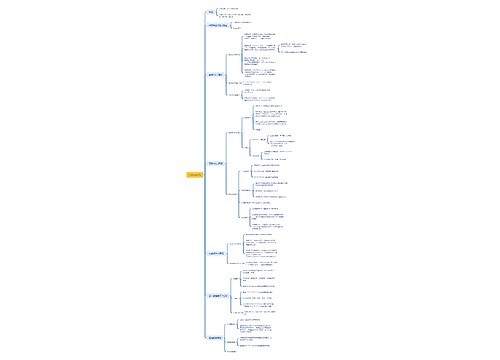
title: 2024-11-8未命名文件 tags: 影像诊断与手术后符合率统计与分析报告鱼骨图思维导图
 U880271396
U880271396树图思维导图提供《title: 2024-11-8未命名文件 tags: 影像诊断与手术后符合率统计与分析报告鱼骨图》在线思维导图免费制作,点击“编辑”按钮,可对《title: 2024-11-8未命名文件 tags: 影像诊断与手术后符合率统计与分析报告鱼骨图》进行在线思维导图编辑,本思维导图属于思维导图模板主题,文件编号是:f19c198bf7435acf7735ee5051a89d7b


